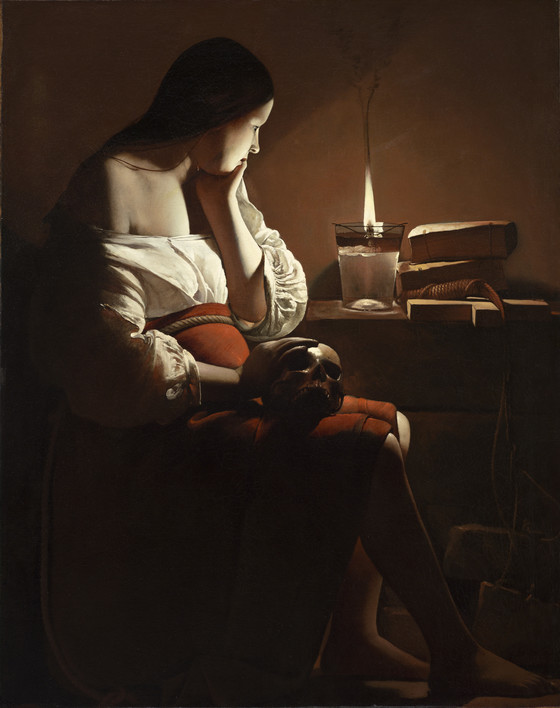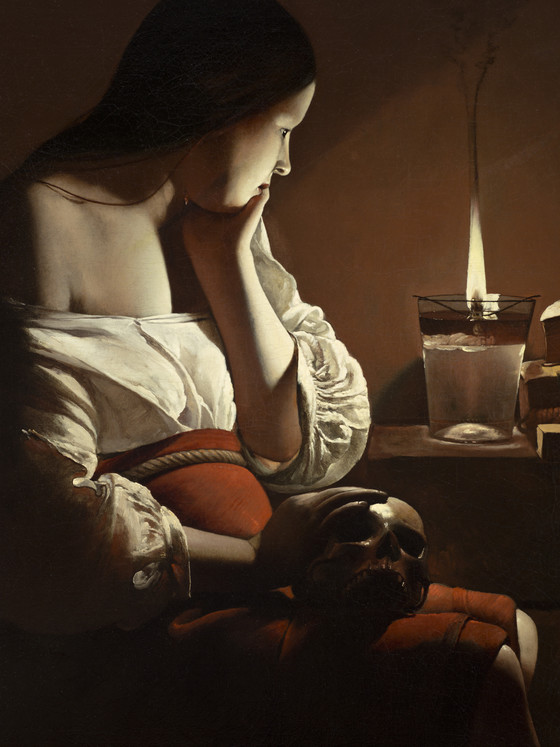The Magdalen with the Smoking Flame


Please log in to add this item to your gallery.
View comments
Add a comment
Please log in to add comments.
Please log in to add tags.
* Nearly 20,000 images of artworks the museum believes to be in the public domain are available to download on this site.
Other images may be protected by copyright and other intellectual property rights.
By using any of these images you agree to LACMA's Terms of Use.
The Magdalen with the Smoking Flame
Paintings
Oil on canvas
Canvas: 46 1/16 × 36 1/8 in. (117 × 91.76 cm)
Framed: 57 1/4 × 47 1/2 × 4 1/2 in. (145.42 × 120.65 × 11.43 cm)
Gift of The Ahmanson Foundation (M.77.73)
Not currently on public view


